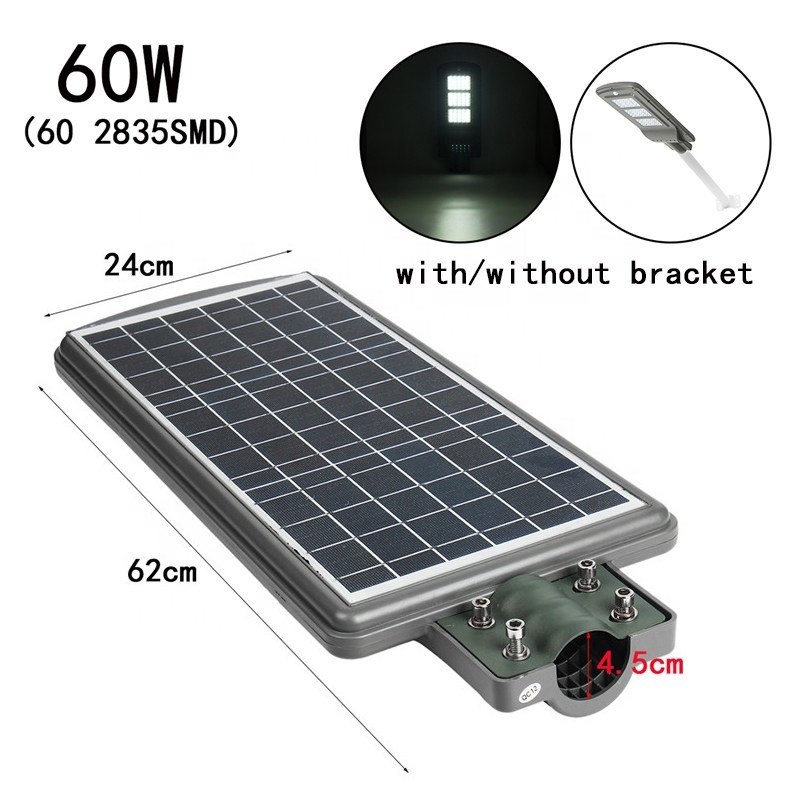
Bob Johnston folklore believes that Australians have the ability to come up with an idea, but do not persevere in developing it into a product or a talent to develop it.
If the story of the intelligent traffic signal lights on the moon is of any significance to us, folk legend is a fool. The Melbourne-
Japanese-based companies launched the lamp last month, depending on how they operate the latest Japanese components.
Singapore will transform its 60 000 traffic lights into the first country to use the new system.
The signal for lunar lighting is generated by a light-emitting diode array.
Long-time attractive cost
Conscious road authorities.
They last ten times longer than the basic incandescent lamps of traditional traffic lights, and consume less than half of the electricity.
But until recently, it turned out that it was impossible to replace the full set of globes with led.
Red diode but no blue diodegreen.
The situation in the middle has changed.
1998 when Japan's Japanese chemical company started selling Blue available for sale-green diode.
Since then, companies around the world have competed with each other to produce better traffic lights.
Most people came up with a simple layout. type products.
However, the moon lighting company decided to use the electronic features of LED technology to realize intelligence in its lighting.
They did a good job.
The light adjusts the brightness according to the level of light around it.
The driver will not be dazzled at night, and the lights will not waste power on cloudy days.
If there is direct sunlight to the traffic lights, the output power of the array will double to help combat the glare.
Smart lights also monitor themselves.
They can identify and report three levels of problems: problems that need to be fixed immediately, problems that can be fixed by waiting until the next working day, not so serious, will last to nearby maintenance personnel.
Another feature is that the lamp can resist damage.
Moonlight's researchers had a rather ancient strike on the prototype, shooting a single leds with rifle bullets and hitting the entire array with a sledgehammer.
Only a small amount of output was lost.
The idea is to simulate the stones thrown out of the road and hit at high speed.
A problem with traditional traffic lights is that a passing truck will rotate the poles and let the lights flash in the wrong direction.
Using moonlight's system, the light will simply turn off if the pole is tilted more than 20 ° and alert the controller to a problem.
About 18 months ago, Moonlight began to develop traffic lights.
Before the emergence of Nichia technology. The seven-
The company wants to diversify its core business into fluorescent and floodlights.
Traffic lights seem to be a good choice.
At first, the company planned to improve traditional technology.
But discussions with the Australian highway transport authority soon showed that something better was needed. With start-
& USD financing;
685 people from the Australian Government Commission for industrial research and development chose LED lightingbasedsystem.
For development, the company recruited Fabian Stretton, director of product development facilities at the University of Melbourne, a branch of the Australian photon CRC.
Stryton's skills as a system designer are critical to the success of the project. Nichia’s blue-
The green LED appears at the right time.
Encouragement from the Road Traffic Administration, a potential customer, enhances the company's determination to complete the project.
Other aspects are already in place.
It will cost about a dollar to renovate Australia's 550 traffic lights; 150 million.
But, according to Con Scrinis, co-general manager of toMoonlighting, this should be implemented effortlessly.
"Because the return on this product is so fast," he said, "we can fund the transformation ourselves and get a return through the savings of road management agencies in terms of maintenance and electricity consumption.
When Singapore announced a contract to transform the itstraffic lights, the company offered a bid.
If all goes well, it is possible to start production at the company's Adelaidefactory at the earliest.
By then, smart traffic lights will be part of Australian folklore.
